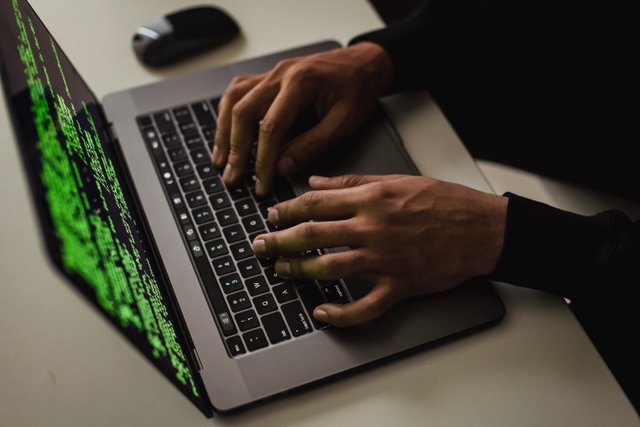Introduction to Cybersecurity
Introduction
Cybersecurity has become a crucial aspect of our lives in today’s digital age. We rely on technology, from online banking to social media. However, cyber threats have also increased with the increasing use of technology. Cybercriminals are always on the lookout for vulnerable targets to exploit. This is where cybersecurity comes into play. Cybersecurity protects computer systems, networks, and sensitive information from unauthorized access, theft, or damage.
Cybersecurity is not new, but it has become more critical than ever. Cybercriminals find new ways to exploit computer systems and network vulnerabilities as technology advances. Cyber-attacks can cause significant damage to individuals, businesses, and even governments. Hackers can steal personal information, such as social security numbers, credit card information, and login credentials. This information can be used for identity theft or sold on the dark web. Cybercriminals can also infect computer systems with malware, ransomware, or other viruses, causing damage to the system or making it inaccessible. Cyber-attacks can sometimes disrupt critical infrastructure, such as power grids, transportation systems, and hospitals.
Importance of Cybersecurity
The importance of cybersecurity cannot be overstated. Cyber-attacks can have severe consequences that can last for years. For individuals, cyber-attacks can result in financial loss, identity theft, and damage to their reputations. For businesses, cyber-attacks can result in the loss of sensitive information, financial loss, and damage to their reputation. For governments, cyber-attacks can have national security implications, disrupting critical infrastructure and compromising sensitive information.
Cybersecurity is essential for protecting sensitive information like personal data, financial information, and trade secrets. Cybersecurity measures must be implemented to protect against these threats. These measures include strong passwords, two-factor authentication, firewalls, antivirus software, and regular updates. It is also essential to be aware of phishing scams and other social engineering tactics cybercriminals use to gain access to sensitive information. Cybersecurity is not just the responsibility of IT professionals; it is everyone’s responsibility. By practicing good cybersecurity hygiene, we can all help make the digital world safer.
Cybersecurity Measures
There are several cybersecurity measures that individuals, businesses, and governments can take to protect against cyber threats. The first step is to ensure that all computer systems and networks are secure. This can be done by implementing firewalls, antivirus software, and regular software updates. It is also essential to use strong passwords and two-factor authentication to prevent unauthorized access. Regular data backups are also crucial to ensure that data can be recovered during a cyber-attack.
Another important cybersecurity measure is awareness of phishing scams and other social engineering tactics cybercriminals use. Phishing scams are emails or messages that appear to be from a legitimate source, such as a bank or social media platform. These emails often contain links or attachments that, when clicked, can install malware or steal sensitive information. It is essential to be cautious when opening emails or messages from unknown sources and to verify the sender’s authenticity before clicking on any links or attachments.
Conclusion
In conclusion, cybersecurity is an essential aspect of our digital lives. With the increasing use of technology, cyber threats have also increased. Cybersecurity measures must be implemented to protect against these threats. It is essential to be aware of cybersecurity’s importance and practice good cybersecurity hygiene to help make the digital world safer. Cybersecurity is not just IT professionals’ responsibility but everyone’s responsibility. By taking proactive measures to protect our computer systems, networks, and sensitive information, we can all contribute to a safer digital world.

